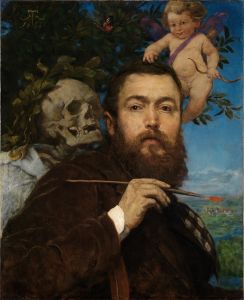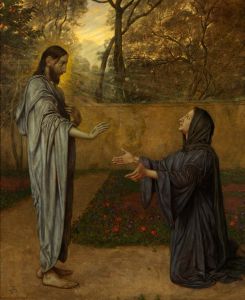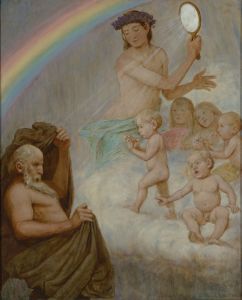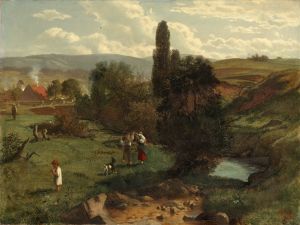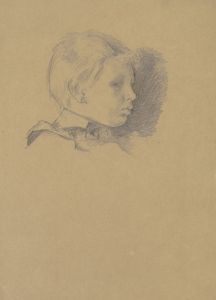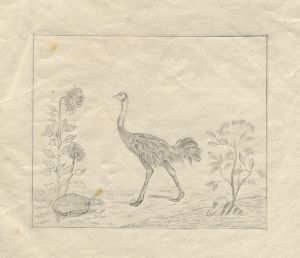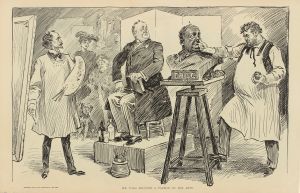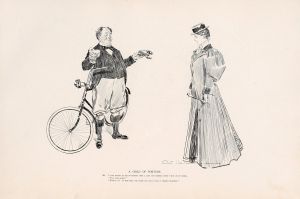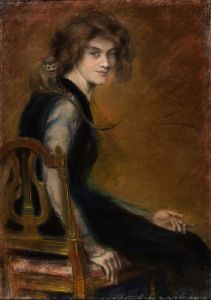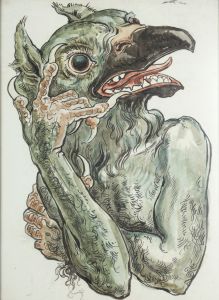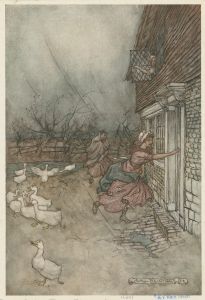
Maus
A hand-painted replica of Hans Thoma’s masterpiece Maus, meticulously crafted by professional artists to capture the true essence of the original. Each piece is created with museum-quality canvas and rare mineral pigments, carefully painted by experienced artists with delicate brushstrokes and rich, layered colors to perfectly recreate the texture of the original artwork. Unlike machine-printed reproductions, this hand-painted version brings the painting to life, infused with the artist’s emotions and skill in every stroke. Whether for personal collection or home decoration, it instantly elevates the artistic atmosphere of any space.
Hans Thoma (1839–1924) was a German painter associated with the Romantic and Realist movements. He is known for his depictions of landscapes, portraits, and allegorical scenes, often inspired by his native Black Forest region and German folklore. One of his notable works is Maus (translated as Mouse), which reflects his characteristic style of blending naturalistic detail with a touch of whimsy and symbolism.
Maus is a painting that features a mouse as its central subject, rendered with meticulous attention to detail. The work exemplifies Thoma's ability to elevate simple, everyday subjects into art that resonates with a sense of charm and intimacy. While the exact date of the painting's creation is not widely documented, it is consistent with Thoma's broader body of work, which often explored themes of nature and the interconnectedness of life.
Thoma's artistic approach was deeply influenced by his upbringing in the Black Forest, where he developed a profound appreciation for the natural world. This connection to nature is evident in Maus, as the painting captures the delicate features of the mouse in a lifelike yet subtly idealized manner. The work reflects Thoma's skill in combining realism with a poetic sensibility, a hallmark of his artistic legacy.
Hans Thoma's career spanned several decades, during which he gained recognition both in Germany and internationally. He served as the director of the Karlsruhe Academy of Fine Arts and was celebrated for his contributions to German art. His works are housed in various museums and collections, including the Hans Thoma Museum in Bernau, which is dedicated to his life and art.
While Maus may not be as widely known as some of Thoma's other works, it remains an example of his ability to find beauty and meaning in the ordinary. The painting continues to be appreciated for its simplicity, technical skill, and the quiet narrative it conveys.
This information is based on documented historical records and existing knowledge of Hans Thoma's oeuvre. Further details about Maus specifically, such as its current location or provenance, are not readily available in public sources.





